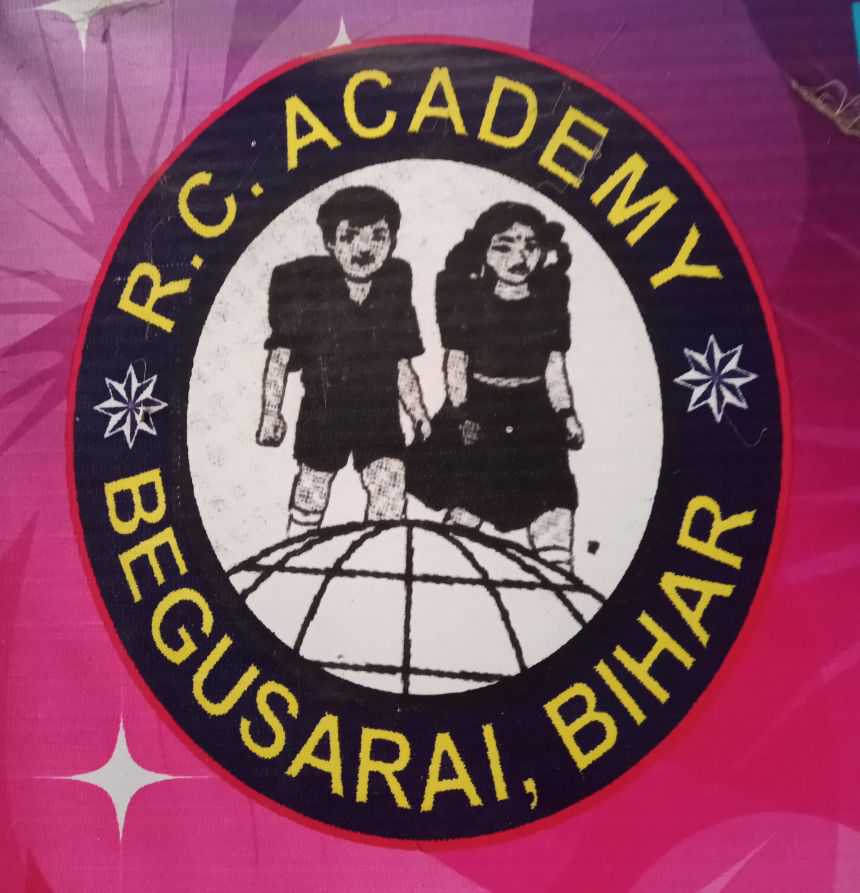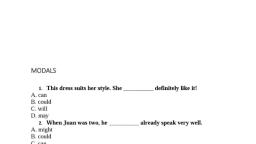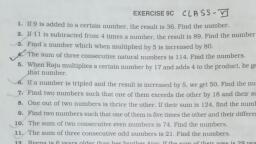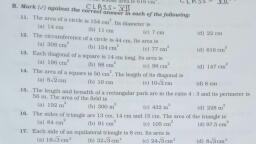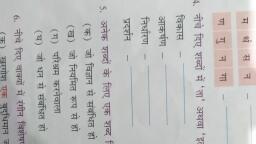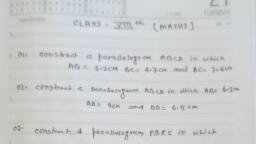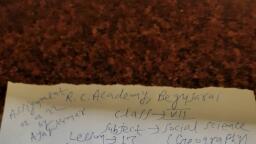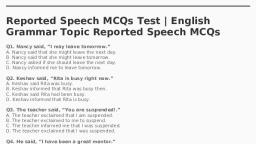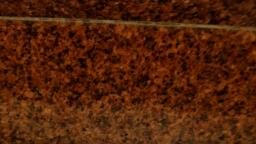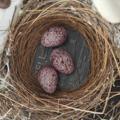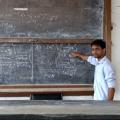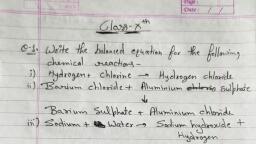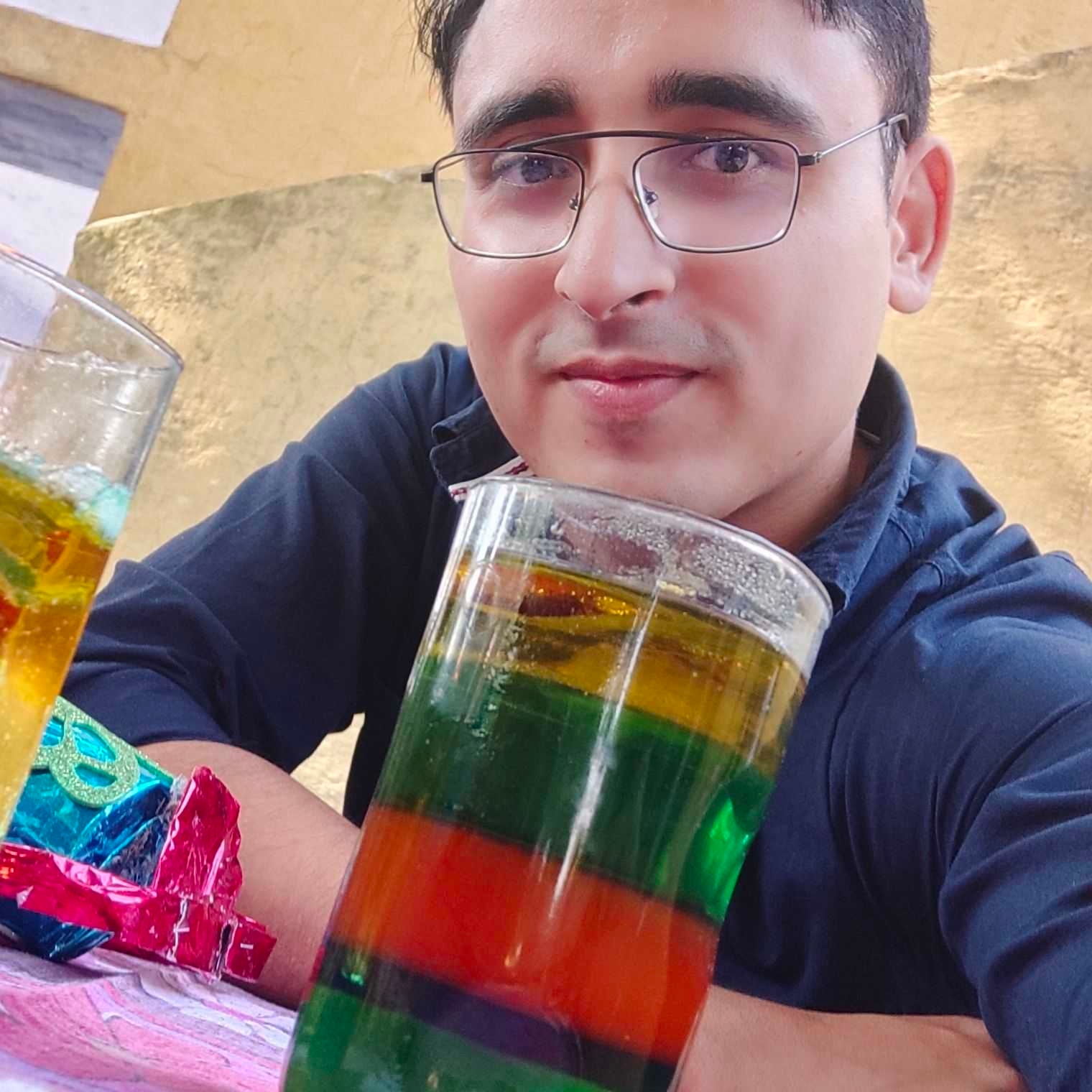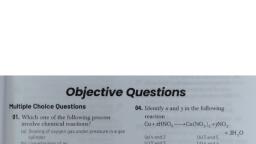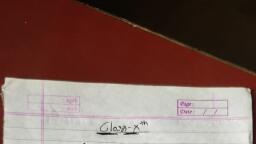Question 3 :
The substance that initially involved in a chemical reaction is called a reactant.
Question 6 :
Three cations $$A, B, C$$ are allowed to react with ammonium hydroxide solution. $$A$$ and $$B$$ produce a dirty green precipitate and a reddish brown precipitate respectively, both of which do not dissolve on further addition of $${NH}_{4}OH$$. $$C$$ gives pale blue colour precipitate with less amount of ammonium hydroxide and on further addition of $${NH}_{4}OH$$, precipitate becomes soluble and deep blue colour solution is formed:
Question 7 :
Reaction of iron nails with copper sulphate solution is an example of ____________.
Question 8 :
$$FeCl_3 + 3NaOH \rightarrow 3NaCl + Fe(OH)_3$$<br/><br/>The reaction is an example of________.
Question 9 :
What is the difference between displacement over double displacement reactions ?
Question 10 :
Which of the following is an example of the exothermic reaction ?
Question 11 :
When chlorine reacts with sodium bromide the solution turns brown because ________.
Question 12 :
AB + CD $$\rightarrow$$ AD + BC<br/><br/>The reaction is an example of _________.<br/><br/><br/>
Question 13 :
Other signs of a chemical reaction might be an increase in temperature if heat is released or a change in _____.
Question 14 :
In $$HS^, I^, R-NH_2, NH_3$$ order of proton excepting tendency will be:
Question 15 :
A less reactive metal replaces a more reactive metal from its salt solution in water.<br>
Question 16 :
Which of the following symbol is used to show solid precipitate?
Question 19 :
Which type of chemical decomposition reaction is the following reaction?<br>$$Cu(OH)_2\xrightarrow {heat} CuO+H_2O$$
Question 22 :
<p>Oils on treating with hydrogen in the presence of palladium or nickel catalyst form fats. This is an example of :</p>
Question 24 :
An oxidizing agent is always takes part in the reduction process while a reducing agent is always take part in the _______ process.
Question 27 :
Identify the type of reaction which will occur based on the information provided about the reactants:<br>$${CH}_{4}(g)+{O}_{2}(g)\rightarrow$$
Question 28 :
The reaction of hydrochloric acid with zinc oxide to form zinc chloride and water is neutralization reaction. State whether the statement is true or false
Question 29 :
A chemical reaction in which heat is evolved is called a/an:<br/>
Question 30 :
State true or false.<br/><br/>In redox reactions, oxidation and reduction take place simultaneously.<br/>
Question 31 :
The conversion of $${Cr}_{2}{O}_{7}^{2-}$$ to $${Cr}^{3+}$$ during a chemical reaction is an example of:
Question 33 :
In the reaction, $$4Fe+3O_2\rightleftharpoons 4Fe^{3+}+6O^{2-}$$ Which of the following statements is incorrect?
Question 34 :
Name the type of the following chemical reaction.$$2KClO_3 \rightarrow 2KCl +3O_2$$
Question 39 :
Which of the following reaction requires oxygen to be a reactant ?
